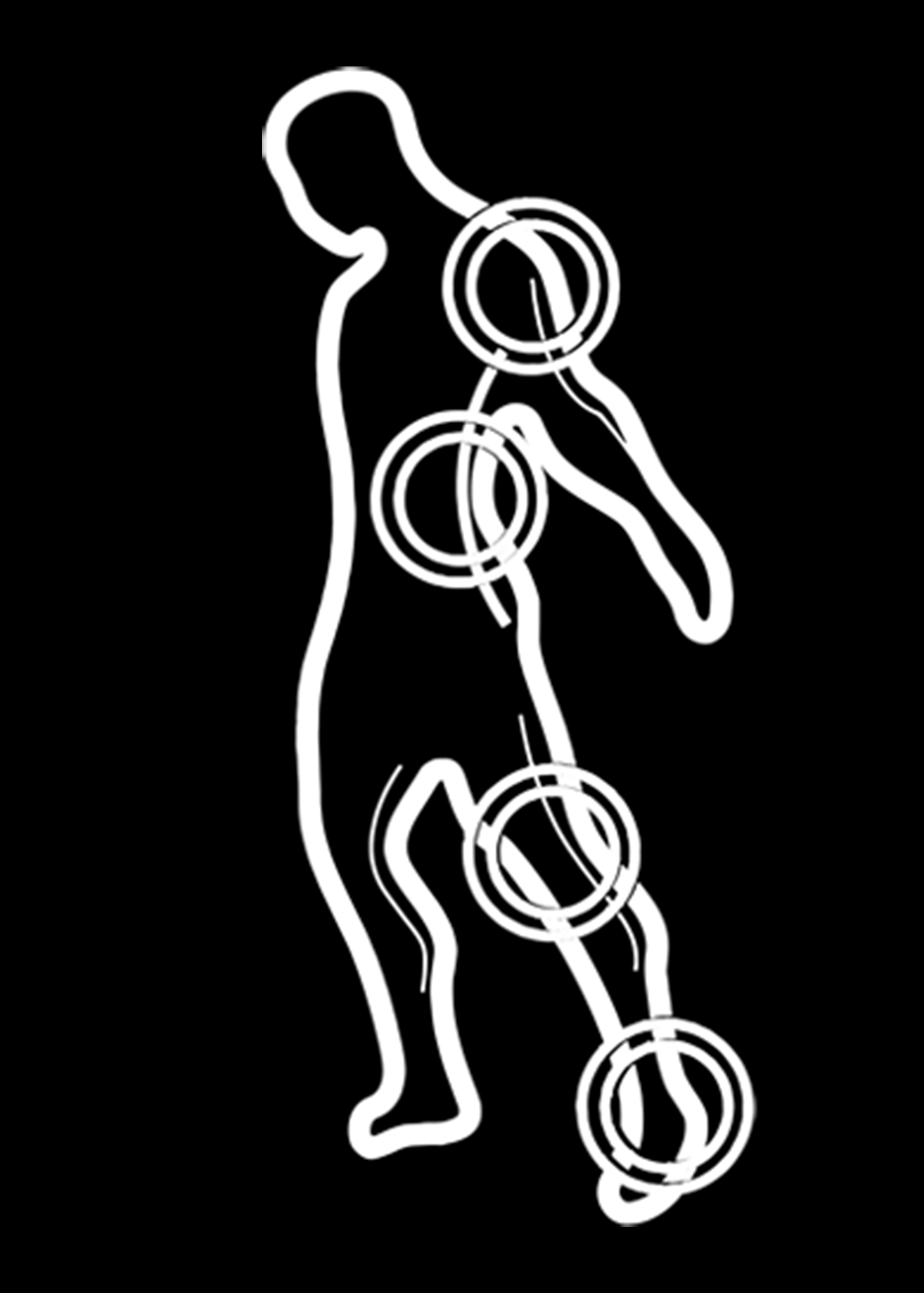I remember as a kid, anytime I felt pain it was brushed off as “growing pains” . I was led me to believe that it was normal and that it would go away. No biggy. This process continued to happen as the pain got worse entering adulthood. It was the start of postural problems in my youth that became my adult problems. But what if we started to treat a child’s complaint of pain as something real, possibly stopping the progression of problems into adulthood? Maybe we would save our kids from a lifetime of problems that plague most of us adults. In order to answer this question, we need to start by looking at the root of the problem.
As technology progresses, so do our postural problems. Kids hunkering down over an IPhone or a tablet will speed up the problems of rounded shoulders, sway back, abdominal weakness and so on. Even more than that, the lack of physical play and increased stationary time will indeed exacerbate that exponentially.
A common misconception is that children are injury proof. They sprain something, they will be completely healed in a few days unlike adults where it takes a toll. Doesn’t matter what they do, they will be fine. It is adulthood when the problems begin. The problem is, if that were true, you wouldn’t be seeing the imbalances in children that are commonly seen in adults. But we are. As a child moves into adolescenece his/her body is forming. Just like their brains, we need to nurture their muscoloskeletal system to form the correct way.
So you ask, what do I do as a parent?
As a practical measure, we need to start putting a limit on stationary play and increase physical play. Limiting the time on the couch and increasing the time children swinging from the monkey bars and using their full set of muscles is the best bang for your buck for a child’s musculoskeletal system. Taking it one step further, is taking our children more seriously. When your child complains of foot pain, headaches, or back pain, take notes. Do they get abdominal muscle cramping on one side of the body when they run . Do they seem to want to lay down more than they want to be up and about? Knee or foot pain with walking? Chances are, its a small imbalance that can be nipped in the bud. Finally, children should be having annual postural exams by a pediatric physical therapist, just as they see their Pediatricians for their annual check up.
Dr. Joshua Mazalian, DPT, OCS, CSCS is the owner of JAM Sports and Spine in Los Angeles and specializes in sports and orthopedic physical therapy. You can reach him on Twitter @jamsportsPT and Facebook as well as email at info@jamsportsandspine.com

